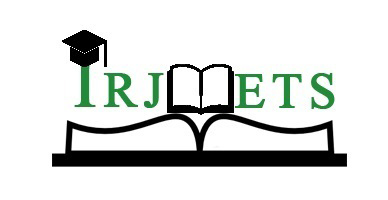Paper Key : IRJ************675
Author: Birdi Chand Doodi,Dr. Namrata Bansal
Date Published: 05 Mar 2025
Abstract
Abstract: Wireless Power Transfer (WPT) is poised to revolutionize future energy networks by enabling efficient, contactless energy transmission for a wide range of applications. This review paper explores emerging trends, novel applications, and ongoing standardization efforts in WPT technology. Recent advancements in resonant inductive coupling, microwave power transfer, and hybrid techniques have significantly improved power transfer efficiency and range, making WPT a viable solution for next-generation energy networks. Key applications of WPT span multiple domains, including electric vehicle (EV) charging, consumer electronics, biomedical implants, and industrial automation. The integration of WPT with renewable energy sources and smart grids is gaining traction, facilitating seamless energy distribution and enhancing grid resilience. The rise of 6G networks and the Internet of Things (IoT) further accelerates WPT adoption by enabling energy harvesting for low-power devices. Despite these advancements, challenges such as efficiency limitations, electromagnetic interference (EMI), and safety concerns remain critical barriers to large-scale deployment. These efforts aim to establish interoperability, safety regulations, and performance benchmarks to ensure reliable WPT deployment. This paper provides a comprehensive analysis of current research directions, technological breakthroughs, and regulatory frameworks shaping the future of WPT. By synthesizing recent developments, it offers insights into how WPT can transform modern energy networks, enhance energy accessibility, and support the transition toward sustainable power solutions. Future research should focus on improving efficiency, scalability, and regulatory compliance to accelerate the adoption of WPT across diverse industries.
